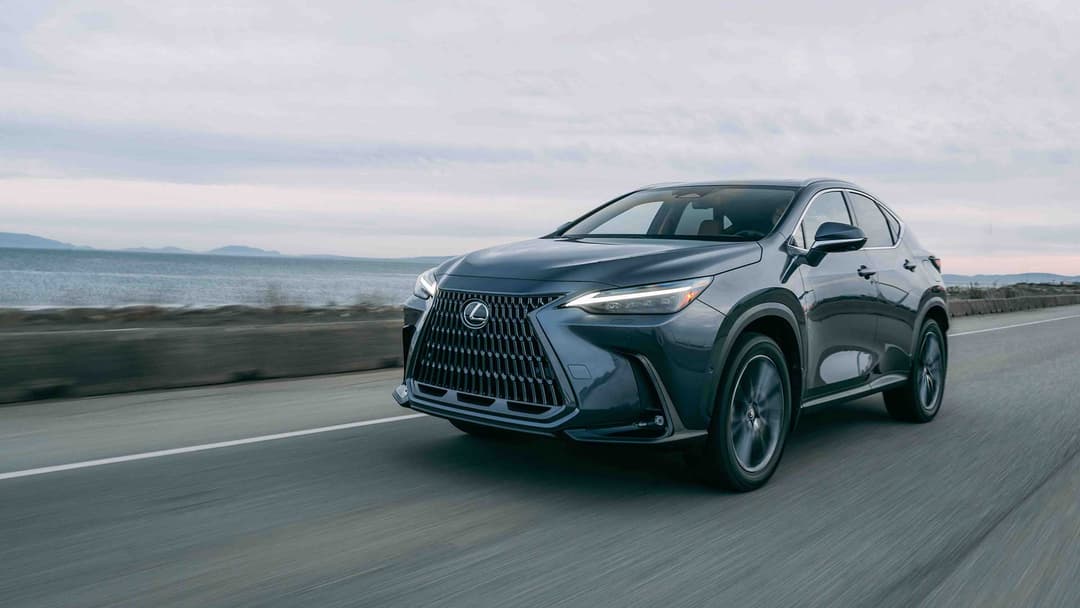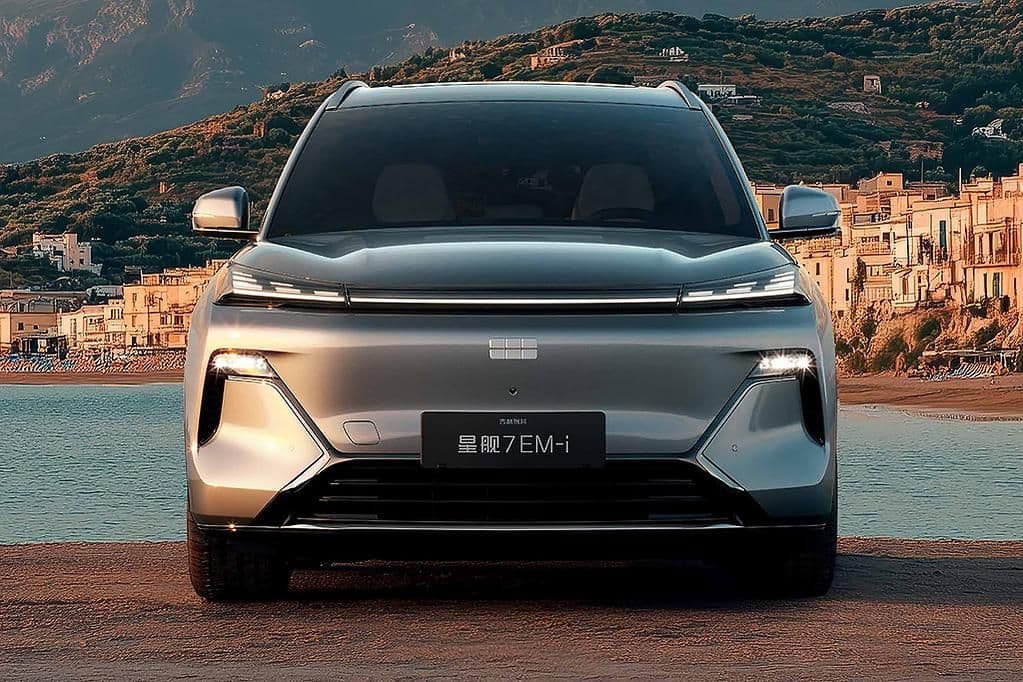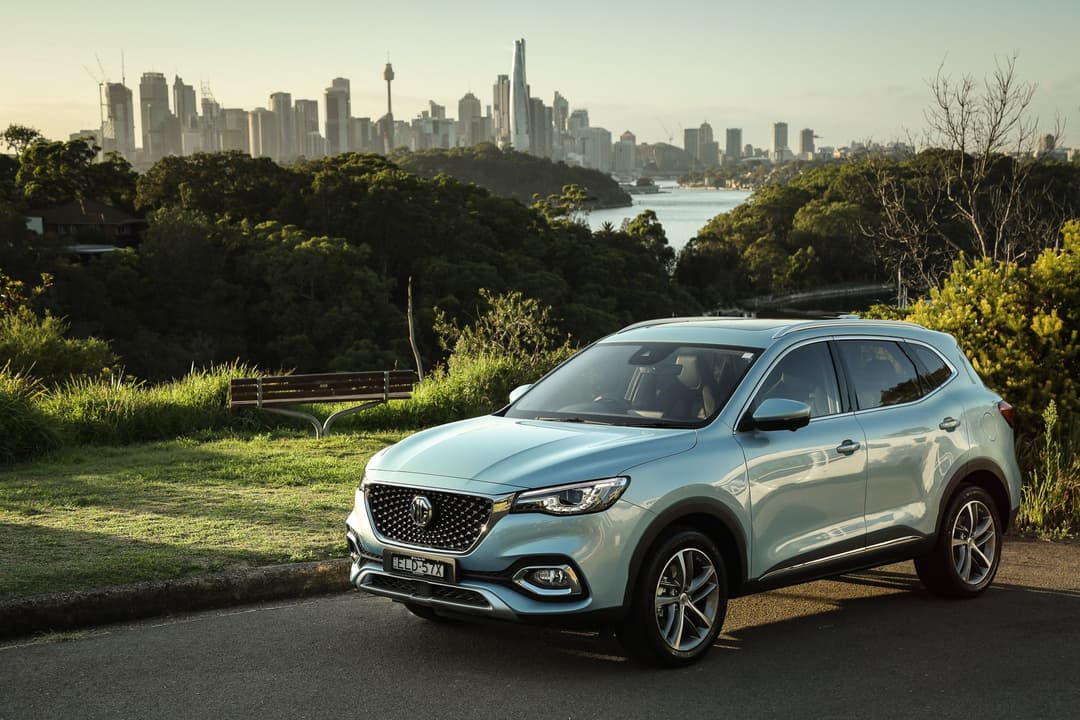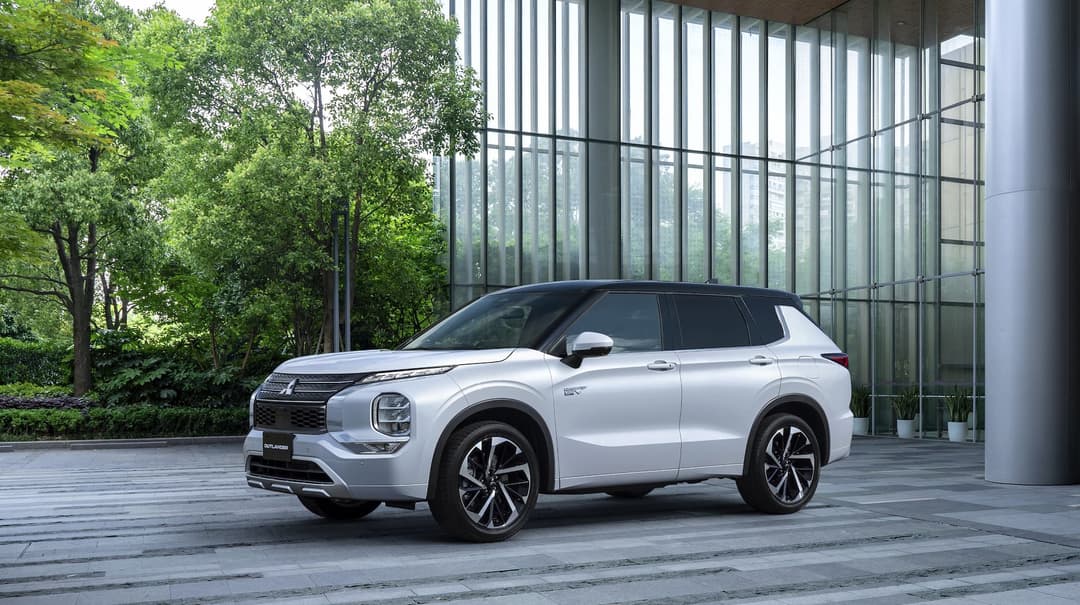Australia’s electric vehicle market is changing in ways few predicted. While fully electric cars have slowed in growth, plug-in hybrids (PHEVs) are rising fast and now account for around a quarter of EV sales nationwide.
The trend is dividing the industry. Some say PHEVs are a helpful steppingstone, while others argue they are delaying the shift to fully battery-powered transport.
▶️MORE: zecar - Helping you switch to electric cars and clean energy.
A Rapid Rise for PHEVs
Only two years ago, PHEVs made up just 1 in 10 EV sales. Today, their share has climbed to one in four. More than 60,000 PHEVs are now on Australian roads, including over 12,000 utes.
This is a sharp contrast to full-battery EVs (BEVs), which have levelled out at less than 9% of new car sales.
| Year | BEV Share of New Car Sales | PHEV Share of New Car Sales |
| 2023 | ~9% | ~1% |
| 2024 | ~9% | ~3% |
| 2025 | ~9% | ~5% |
▶️MORE: EVs and PHEVs Break New Sales Record in …

Why PHEVs Appeal to Buyers
PHEVs combine a petrol or diesel engine with a rechargeable battery. When used correctly, they can cut fuel use and lower emissions. Many Australians are drawn to them because they:
- Offer an electric driving experience without range anxiety
- Are available in popular categories like SUVs and utes
- Provide a cheaper option compared to limited BEV choices in larger vehicles
For tradies and fleet operators, the appeal is clear. One Sydney business replaced four diesel utes with PHEVs last year and reported major savings on fuel.
▶️MORE: 2025 Leapmotor C10 REEV Lands in Australia With …

Industry Debate: Stepping Stone or Handbrake?
Opinions are sharply divided:
- Critics argue PHEVs lock in fossil fuel use and undermine emission targets. When batteries are not recharged regularly, they emit more than expected. Some studies suggest PHEVs may only be about half as clean as traditional petrol cars.
- Supporters say PHEVs are helping Australians transition by easing concerns about charging infrastructure. They believe plug-ins capture buyers who are not yet ready for a BEV but still want an alternative to diesel or petrol.
▶️MORE: 2026 Toyota RAV4 Plug-In Hybrid Locked In for …
Utes and SUVs Driving Sales
Large vehicles dominate Australia’s PHEV market.
| Vehicle Type | PHEV Market Share (2025) | Notes |
| Utes | ~7% of ute sales | Popular with tradies; cheaper than BEV ute options |
| SUVs | ~50% of PHEV sales | Compete directly with BEVs in this category |
The lack of a strong BEV ute is a key reason PHEVs are performing well. The only electric ute on sale, the LDV eT60, has struggled with range and price, with only a handful sold.
▶️MORE: PHEVs Lose Fringe Benefits Tax Exemption While EV Incentives …

Policy and Market Forces
The federal government recently removed a tax exemption for PHEVs under novated leases. Many expected this to slow demand, but sales remain strong. Automakers are responding with more plug-in options:
- Toyota will add a PHEV RAV4 from 2026
- BYD is preparing several new plug-in and battery models in 2025
- Other global brands are expanding PHEV line-ups in Australia
▶️MORE: EV Charging Guide | Zecar | Reviews | News

The Road Ahead
The future of PHEVs in Australia depends on whether BEV technology can close the gap in utes and larger vehicles. Some analysts believe affordable, long-range BEV utes could arrive within 18 months.
For now, PHEVs are filling a gap in the market. Their role as either a short-term convenience or a long-term barrier remains to be seen.
What’s clear is that batteries may be the end goal, but plug-in hybrids are helping shape the journey.
Stay up to date with the latest EV news
- Get the latest news and update
- New EV model releases
- Get money savings-deal
